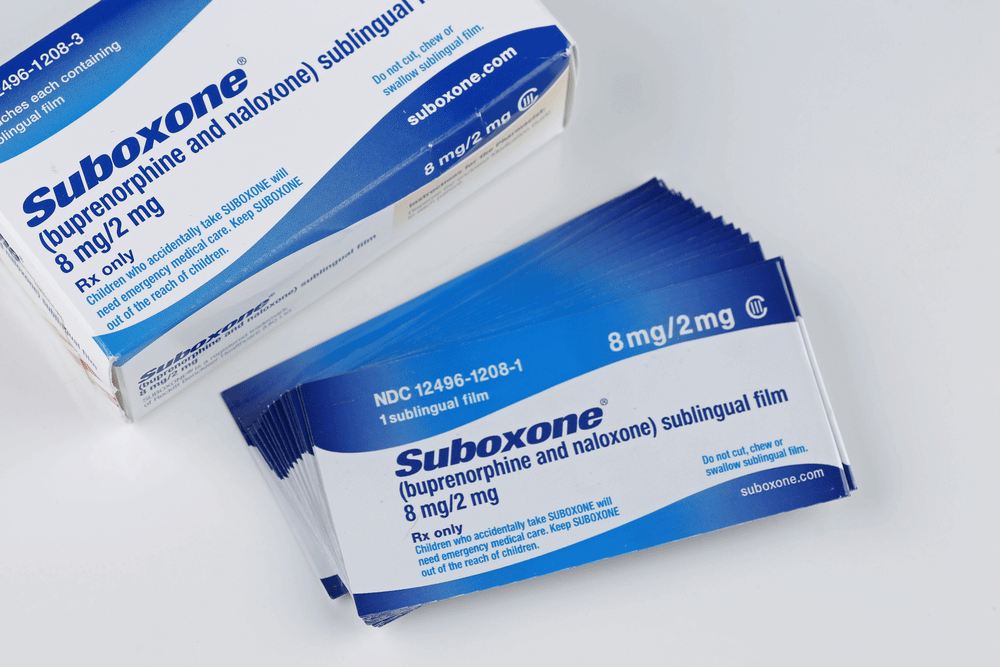Detoxing from opioids can be a harrowing experience. Drugs like Suboxone, a combination of buprenorphine and naloxone, are often used during the detox process to help patients reduce their opioid withdrawal symptoms. However, Suboxone has its own withdrawal symptoms including nausea, digestive problems, vomiting, headaches, lethargy, fever, muscle aches, insomnia, anxiety, depression, chills and headaches.
Notable concerns are persistent fatigue, digestive problems, and feelings of sadness and anxiety. Every person’s body reacts differently and symptoms can depend on how many drugs were taken and for how long.
“You might have somebody who could be detoxified or taper off more rapidly, and then there are people who might take a longer time to taper down,” said Sean Patrick Nordt, M.D., associate professor of at the Keck School of Medicine at the University of Southern California.
Suboxone is an opioid-based substance and is essentially a substitute for “heroin or whatever other opiates that [patients] are chronically on,” he said.
During detox, the body’s natural ability to produce endorphins is affected by opioids like suboxone, and it takes a long time for it to be purged from the body. This is why tapering off can take a few weeks.
In most cases, physical withdrawal symptoms subside after one month, but by far, the first 72 hours are the toughest to endure. That’s when all the physical symptoms associated with Suboxone are at their worst. After a week, the most common symptoms are body pains, insomnia and mood swings. After two weeks, depression may begin to kick in, and after a month depression may be coupled with cravings.
If withdrawal symptoms become troublesome, a doctor may prescribe a medication specifically for those symptoms. “So if you don’t get them an opioid like suboxone, or if it’s not enough, then you just target what is bothering them,” Dr. Nordt said. “If they’re vomiting, you give them an anti-nausea medication.”
Suboxone can either be taken “chronically and that can be forever sort of like methadone,” or its dosage can be lowered over time “where they start at a higher dose and then over time we slowly decrease it, but ultimately it goes off and hopefully they don’t need to use anything anymore,” he said.
A study by the Clinical Trials Network (CTN) — a branch within the National Institute on Drug Abuse — found over-the-counter non-narcotic analgesics, including ibuprofen and acetaminophen, can also treat withdrawal symptoms.
The study found tapering off an opioid drug like suboxone as quickly as possible is better since a person is less likely to relapse. In fact, the study discovered that dosage can be tapered off over seven days with no need of prolonging the withdrawal period.
“The psychological withdrawal is much more challenging because… (continue reading)
















